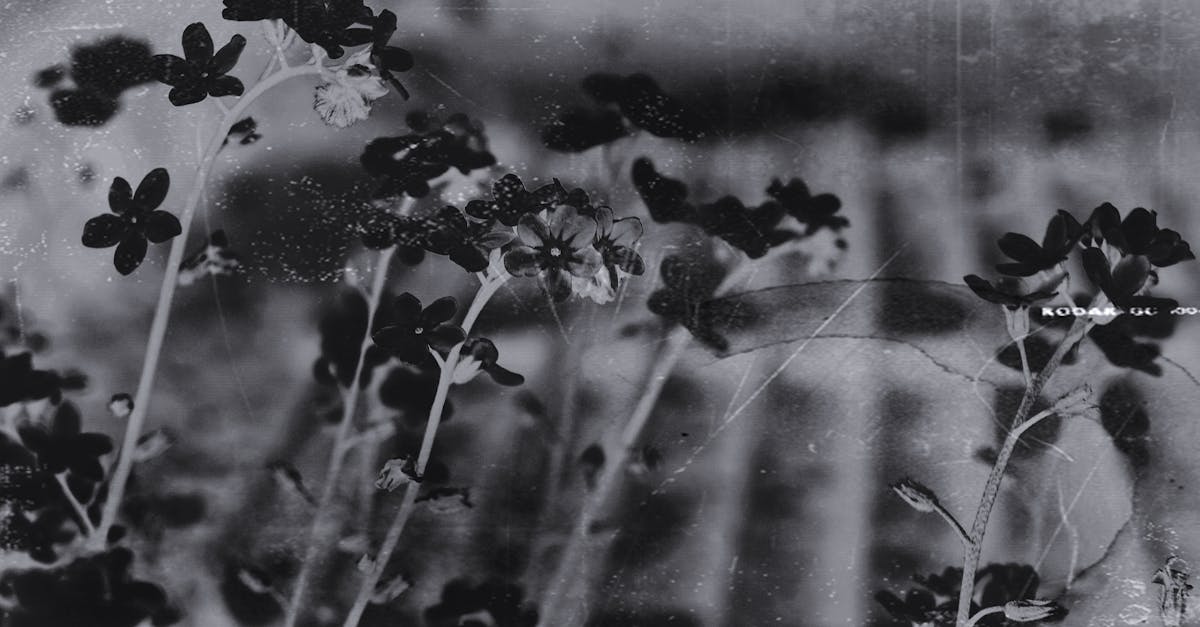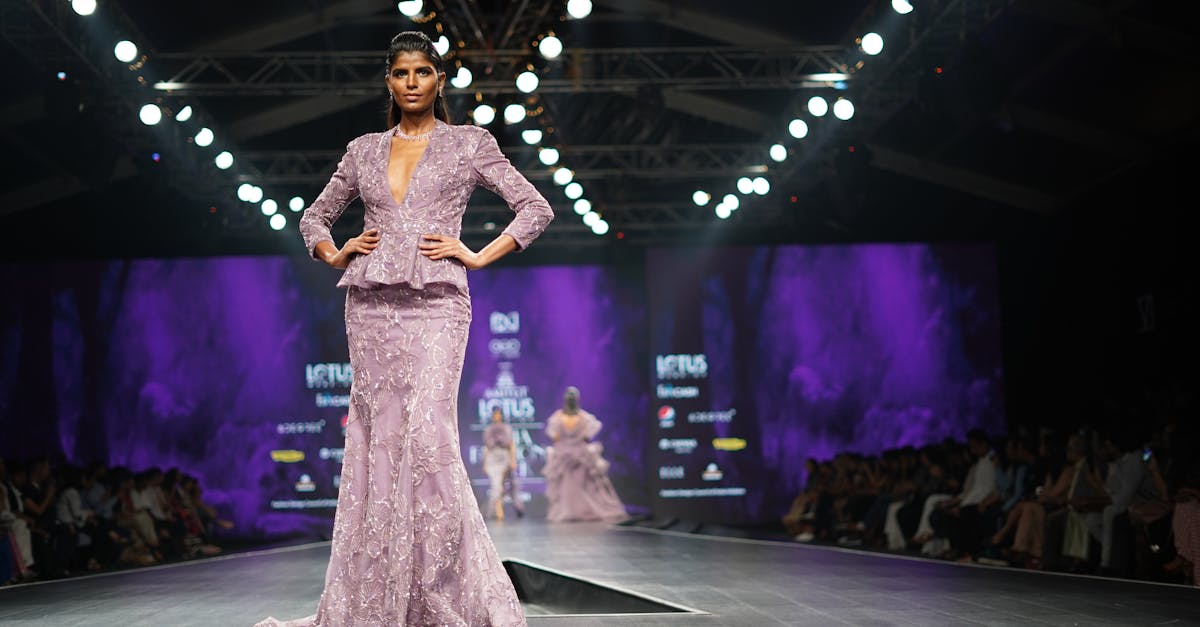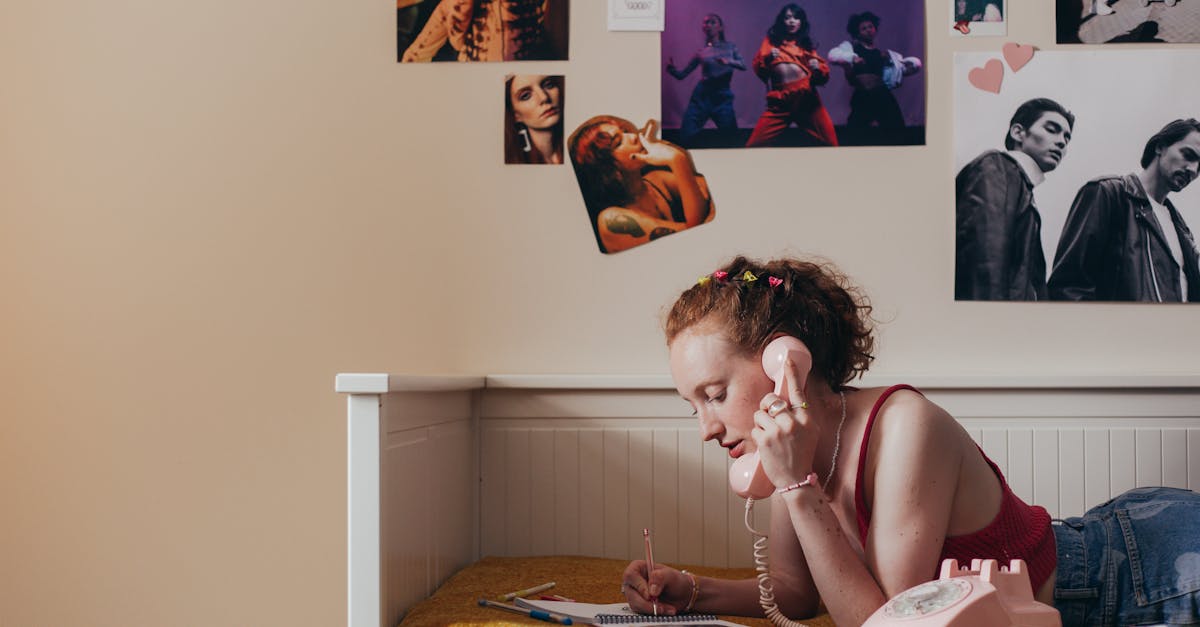The Resurgence of 90s Style in Pop Culture
Introduction
The 1990s were a defining decade in fashion, marked by a diverse mix of styles that continue to resonate in today's pop culture. Fast forward to the 2020s, and it's evident that this vibrant decade has made a significant comeback. From the runways in Milan to everyday streetwear, 90s trends are dominating the fashion world once again. The allure of this era lies in its unique blend of grunge, minimalism, and extravagant flair. As the new millennium embraces nostalgia, these influences have become integral to modern design and lifestyle. This article explores the dynamic return of 90s styles, dissecting its impact across various industries, including music, fashion, and media.
Advertisement
The Nostalgia Effect
Nostalgia plays a pivotal role in the return of 90s fashion, as people yearn for the simplicity and authenticity of past decades. This desire is not limited to those who grew up during these periods; younger generations are also drawn to the perceived freedom and creativity of the 90s. Social media platforms like Instagram and TikTok fuel this trend by showcasing iconic styles, making them easily accessible to a global audience. The nostalgia effect doesn't just evoke fond memories, but it also inspires individuals to incorporate timeless elements like bucket hats, oversized flannel shirts, and platform sneakers into their wardrobes. This cyclical nature of fashion ensures that the legacy of 90s style pulses through modern aesthetics.
Advertisement
Revival of Iconic Brands
Brands that dominated the fashion scene in the 90s are experiencing a resurgence in popularity as they adapt to contemporary market demands. Labels such as Tommy Hilfiger, Calvin Klein, and Fila have reintroduced classic designs with modern twists, aligning with today's trends without losing their iconic essence. This revival is propelled by collaborations with celebrities and influencers, such as Gigi Hadid for Tommy Hilfiger and Kendall Jenner for Calvin Klein. These partnerships merge the appeal of 90s heritage with the allure of current pop culture icons, creating a new wave of brand loyalty and curiosity among consumers. Consequently, these brands maintain their relevance while simultaneously attracting new audiences who cherish nostalgic ties.
Advertisement
Music's Influence on Fashion
In the 90s, music was integral to fashion, with hip-hop, grunge, and pop genres each leaving a lasting imprint on style. Fast forward to today, and the influence of music on fashion remains as strong as ever. Artists like A$AP Rocky, Billie Eilish, and Drake are channels for 90s nostalgia through their personal styles and music videos. Their adoption of oversized clothing, baggy jeans, and sportswear pays homage to legendary artists like TLC and The Notorious B.I.G. The continuation of this relationship between music and fashion ensures that 90s aesthetics maintain cultural relevance, creating a bridge between two eras while uniting fans in their love for both music and style.
Advertisement
Celebrity Endorsement and Influence
Celebrities have consistently shaped and dictated fashion trends, as their visibility and influence extend beyond the red carpet. The charm of 90s-inspired fashion resonates with personalities like Rihanna, Hailey Bieber, and Bella Hadid, who are often seen sporting crop tops, high-waisted jeans, and statement sunglasses. These style choices, frequently captured by paparazzi and shared on social media, propel 90s trends further into mainstream fashion. The allure of celebrity culture compels fans to emulate their icons, reinforcing these styles' popularity. As celebrities continue to incorporate 90s fashion into their daily lives, the trend's grip on pop culture strengthens, causing ripples across the fashion industry.
Advertisement
Pop Culture and Media Representation
The impact of 90s styles extends beyond fashion, seeping into movies, television shows, and other media forms. Reboots and references to 90s classics like "Friends," "Clueless," and "The Fresh Prince of Bel-Air" bring back beloved styles. These cultural touchstones resonate with cross-generational audiences, celebrating the vibrancy of 90s fashion while introducing it to new viewers. Social media influencers and fashion bloggers amplify this message by creatively sourcing inspiration from these iconic characters, marrying modern sensibilities with nostalgic flair. As pop culture continues to embrace 90s nostalgia, the cycle of re-discovery and reinvention ensures that the decade's influence remains steadfast in shaping media landscapes.
Advertisement
The Democratic Nature of 90s Fashion
Part of the enduring appeal of 90s fashion lies in its accessibility and adaptability across various subcultures. This inclusivity ranges from grunge's anti-establishment statements to hip-hop's bold declarations of style. The decade's diverse aesthetic landscape allowed individuals to express their identities freely and has similarly empowered today's youth to define their unique styles. Streetwear brands, vibrant thrift scenes, and DIY fashion foster this democratic spirit, celebrating diversity and personal expression over trend-driven conformity. The 90s ethos encourages individual creativity and expression, providing limitless opportunities to reinterpret classic trends in innovative and creative ways.
Advertisement
Sustainability and Thrift Culture
The return of 90s fashion coincides with an increased focus on sustainability, as consumers strive for eco-friendly choices and ethical consumption. Thrift culture, heavily featured on platforms like Depop and Poshmark, allows fashion enthusiasts to buy and sell vintage items, encompassing the principles of reusing and recycling. This surge in secondhand shopping reflects a growing demand for sustainable alternatives, offering unique pieces with a nod to nostalgia without fast fashion's environmental impact. By embracing thrift culture, individuals promote conscious consumerism and harness the power of history to shape a more sustainable future—all while enjoying the timeless appeal of 90s fashion.
Advertisement
Fashion Industry Innovations
As the 90s trend evolves, the fashion industry continues to experiment with blending past and present aesthetics. Innovations in technology and design allow brands to create pieces that embrace the boldness of the 90s while incorporating modern materials and techniques. 3D printing, virtual fashion shows, and digital influencer collaborations pave the way for designers to explore fresh interpretations of traditional styles. This blending of the old and new highlights the timelessness of 90s fashion, sparking creativity and innovation. As the industry moves forward, the ripple effects of this nostalgia endure, causing designers to continuously revisit and reimagine the trends that once defined a previous generation.
Advertisement
Conclusion
The resurgence of 90s fashion highlights the enduring power of nostalgia and the timeless appeal of the decade's distinctive style. The interplay between nostalgia, pop culture, and modern-day innovations rejuvenates this era's charismatic styles, making them relevant to today's audiences. By revisiting iconic brands, music's influence, and the role of celebrities, the fashion industry celebrates past trends while embracing new creative paths for evolution. As nostalgia weaves seamlessly into the fabric of contemporary fashion, 90s styles continue to inspire self-expression, innovation, and a sustainable future. Thus, this iconic decade's influence remains an essential pillar in shaping today's pop culture and fashion landscape.
Advertisement

